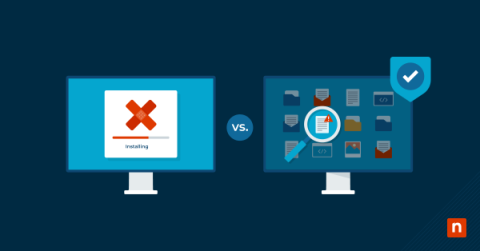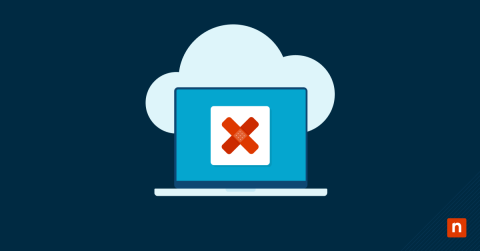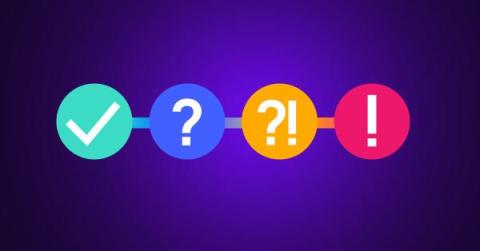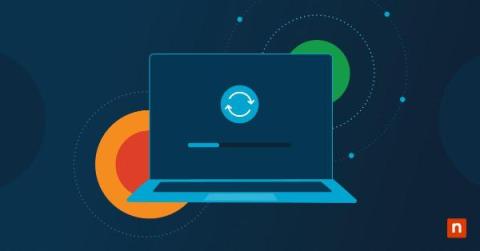Ways to Build Cybersecurity Resilience: Defending Against New Threats
In today's digital age, where cyber threats loom larger and more complex than ever, building cybersecurity resilience isn't just advisable-it's imperative. Each day, new vulnerabilities are discovered and exploited by cybercriminals who are becoming increasingly sophisticated in their methods. This reality makes it crucial for both individuals and organizations to fortify their cyber defenses to protect sensitive data and maintain business continuity.











